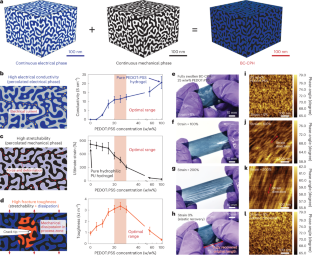2023-06-16 ニューサウスウェールズ大学(UNSW)
◆バンジョーカエルの広告鳴き声の進化は、他の動物や人為的な騒音など、複数の要素の相互作用に影響を受けている可能性があります。市民科学のデータは、広範な地理的多様性を捉えるための貴重な機会を提供しています。
<関連情報>
- https://newsroom.unsw.edu.au/news/science-tech/ribbiting-rhythms-citizen-science-reveals-new-information-about-frog-calls
- https://zslpublications.onlinelibrary.wiley.com/doi/full/10.1111/jzo.13088
大規模市民科学データを用いたカエルにおける音響適応仮説の評価 Assessment of the acoustic adaptation hypothesis in frogs using large-scale citizen science data
G. L. Gillard, J. J. L. Rowley
Journal of Zoology Published: 06 June 2023
DOI:https://doi.org/10.1111/jzo.13088

Abstract
Acoustic communication is vital to the survival and fitness of many vertebrates. While successful communication is reliant on acoustic signals reaching an intended receiver and maintaining content fidelity, propagating signals are attenuated by environmental factors such as habitat type. The acoustic adaptation hypothesis (AAH) predicts that the acoustic properties of signals are selected for optimal transmission in the habitats in which they propagate. To date, consistent evidence to support the theory is lacking, but studies have typically been primarily based on localized datasets with small sample sizes. Citizen science is emerging as a potential means to overcome the challenges associated with broad-scale sampling, allowing us to assess the validity of the AAH in frogs on a continental scale. We analysed the male advertisement calls of 674 individual banjo frogs (Limnodynastes dorsalis, L. dumerilii, L. interioris and L. terraereginae) from across their range, pairing these citizen science data with remotely sensed measures of habitat complexity. While we detected considerable variation in acoustic structure within and among banjo frog species, this was not strongly correlated with habitat complexity. Thus, we found no support for the AAH. However, with our study spanning an area of over 1.7 million km2, we conducted the largest-scale test of the AAH in frogs to date, contributing to the global understanding of acoustic signal evolution.


